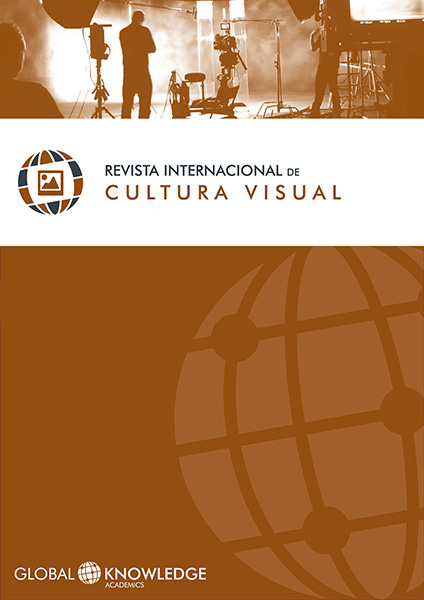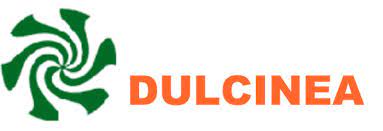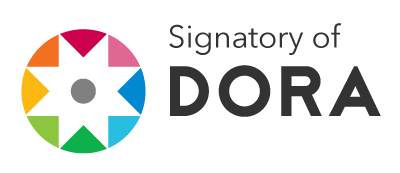New aesthetics. Older poetics Approach to the trace of the influence of painting into the image
DOI:
https://doi.org/10.37467/gka-revvisual.v4.1551Keywords:
Visual Culture, Photography, Collective imaginary, History of PaintingAbstract
Throughout history, photography and painting advance together and, in most cases, especially in the first decades, they intersect and influence each other. The influence of photography on painting in the last third of the 19th century and vice versa has been studied from different perspectives. Also in the 21st century, photography looks again at the great painters of art history to inspire themselves, look for models, create metaphors and, ultimately, look at the roots of visual creation for the creative and aesthetic path to follow. In this article we expose some examples.
Downloads
Global Statistics ℹ️
|
812
Views
|
393
Downloads
|
|
1205
Total
|
|
References
Baeza, Pepe (2007). Por una función crítica de la fotografía de prensa. Barcelona: Editorial Gustavo Gili.
Barthes, Roland (2002). Lo obvio y lo obtuso. Imágenes, gestos, voces. Barcelona: Ediciones Paidós Ibérica.
Bilis, La Atra (2014). El pictorialismo y prerrafaelismo en la fotografía de finales del siglo XIX: un modelo para la mímesis subjetiva de las texturas. La Atra Bilis. Recurso online https://laatrabilis.wordpress.com/2014/06/19/el-pictorialismo-y-prerrafaelismo-en-la-fotografia-de-finales-del-siglo-xix-un-modelo-para-la-mimesis-subjetiva-de-las-texturas/
Cabeiro, Begoña (2009). Pintura y fotografía. El diálogo entre dos lenguajes. Revista Almiar, 45(marzo-abril), 1-11.
Calvo, Susana (5/8/2008). Filósofos y bufones. Centro Virtual Cervantes, sección Claroscuro. Madrid: Museo Nacional del Prado. Recurso online http://cvc.cervantes.es/el_rinconete/anteriores/agosto_08/05082008_02.htm
Castelo, Luis (2000). Pictorialismo, soportes y lo digital. Universo Fotográfico, año II(2), Universidad Complutense de Madrid, 29-46.
Castro, Maribel (2013). Repeticiones y revisiones: el remake en la fotografía construida. Fotocinema. Revista científica de Cine y Fotografía, 6, 5-41. DOI: https://doi.org/10.24310/Fotocinema.2013.v0i6.5907
Dubois, Philippe (1994). El acto fotográfico. De la Representación a la Recepción. Barcelona: Ed. Piados.
Freund, Gisele (1993). La fotografía como documento social. Barcelona: Editorial Gustavo Gili.
González, Antonio (2004). La visión fotográfica en la Pintura. Impresionismo y fotografía. Recurso online: http://www.aloj.us.es/galba/MONOGRAFICOS/LOFOTOGRAFICO/Preliminar.htm
Luna, Juan (2009). El bodegón español en el Prado: de Van der Hamen a Goya. Madrid: Museo Nacional del Prado.
Monterroza, Álvaro y Valencia, Natalia (2010). La fotografía y la pintura impresionista: un caso de relación arte-tecnología. Revista Ciencia, tecnología, sociedad, 2(abril), 125-131. DOI: https://doi.org/10.22430/21457778.58
Rico, Gloria Mª (2013). Hiperrealismo pictórico y su evolución ligada al avance fotográfico. Estudios sobre Arte Actual, 1, s/n. http://estudiossobrearteactual.com/wp-content/uploads/2015/02/13_1.pdf
Rosler, Martha (2007). Imágenes públicas. La función política de la imagen. Barcelona: Gustavo Gili.
Sontag, Susan (1996). Sobre la fotografía. Barcelona: Editorial Edhasa.
Pando, Juan (1994). Pintura y fotografía en el alba de sus vanguardias: Sumisiones, fusiones y revoluciones. Espacio, Tiempo y Forma, serie VII, Historia del Arte (7), 365-382.
Tisseron, Serge (2000). El misterio de la cámara lúcida: fotografía e inconsciente. Salamanca: Ediciones Universidad de Salamanca.
Triadó, Juan Ramón (1994). Historia del Arte Barroco. Barcelona: Editorial Planeta.
Vilches, Manuel (2013). Pintura y fotografía: límites difusos. Arte y movimiento, 9(diciembre), 41-51.
Downloads
Published
How to Cite
Issue
Section
License
Those authors who publish in this journal accept the following terms:
-
Authors retain copyright.
-
Authors transfer to the journal the right of first publication. The journal also owns the publishing rights.
-
All published contents are governed by an Attribution-NoDerivatives 4.0 International License.
Access the informative version and legal text of the license. By virtue of this, third parties are allowed to use what is published as long as they mention the authorship of the work and the first publication in this journal. If you transform the material, you may not distribute the modified work. -
Authors may make other independent and additional contractual arrangements for non-exclusive distribution of the version of the article published in this journal (e.g., inclusion in an institutional repository or publication in a book) as long as they clearly indicate that the work was first published in this journal.
- Authors are allowed and recommended to publish their work on the Internet (for example on institutional and personal websites), following the publication of, and referencing the journal, as this could lead to constructive exchanges and a more extensive and quick circulation of published works (see The Effect of Open Access).













